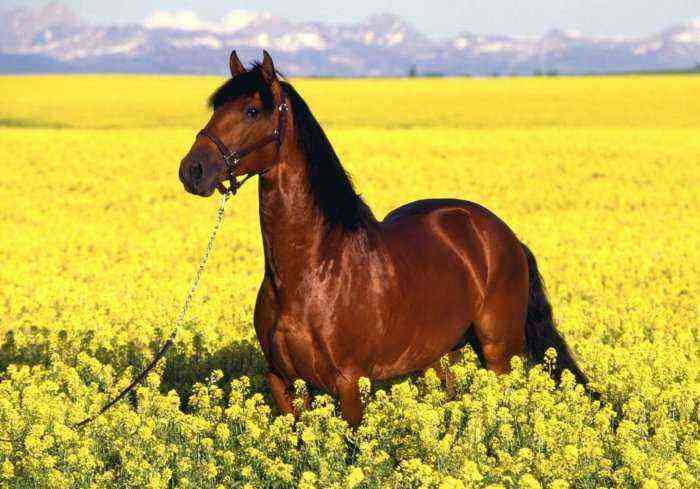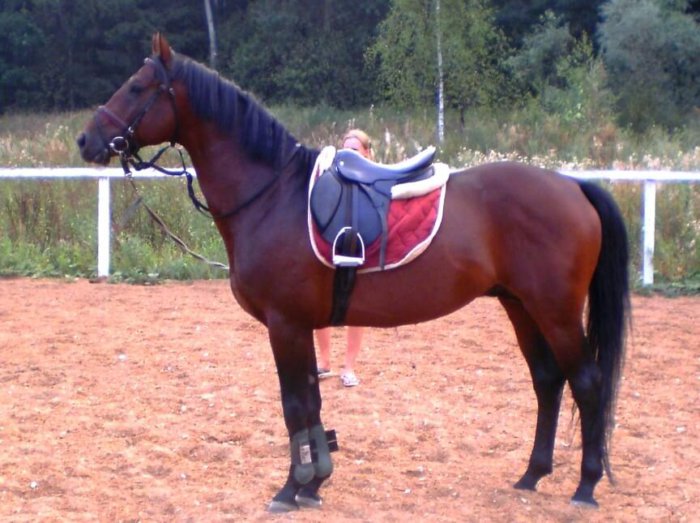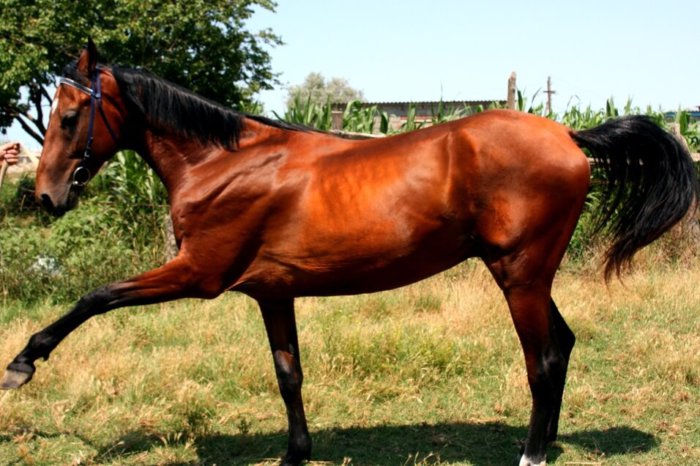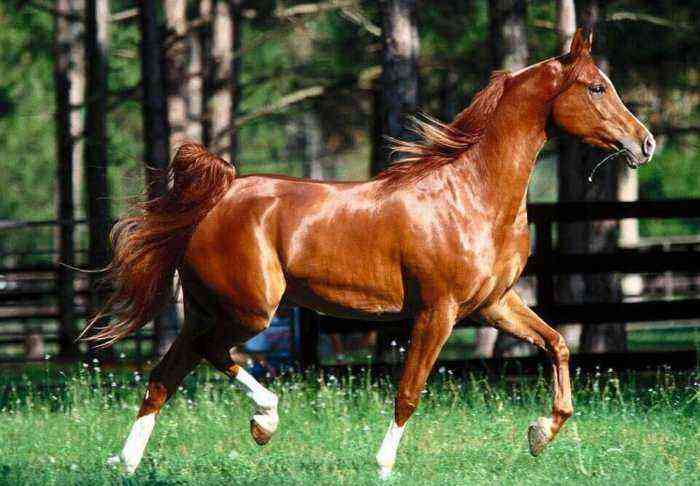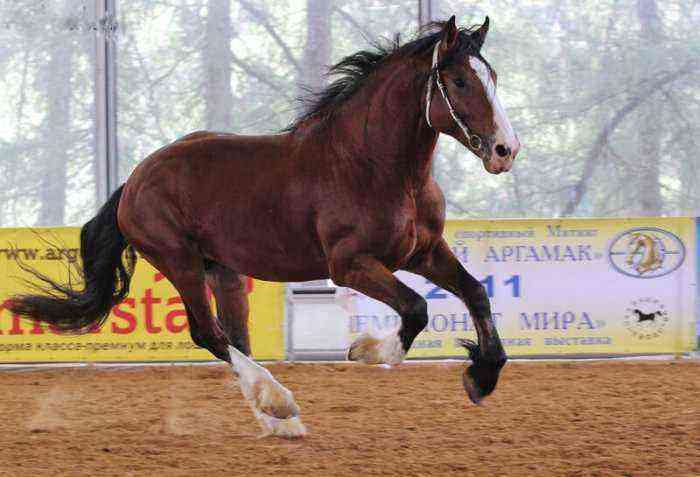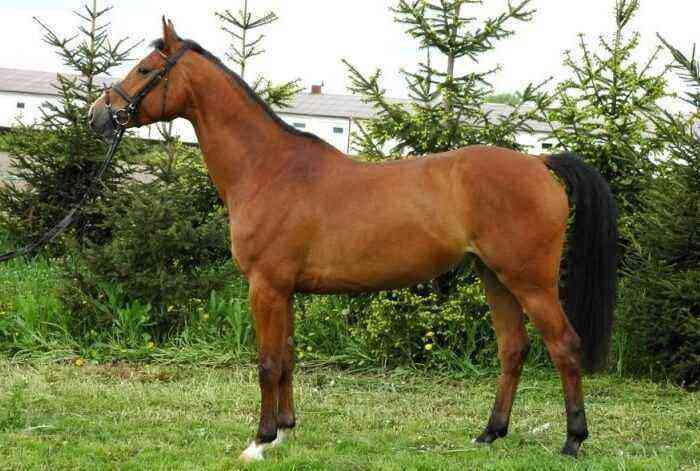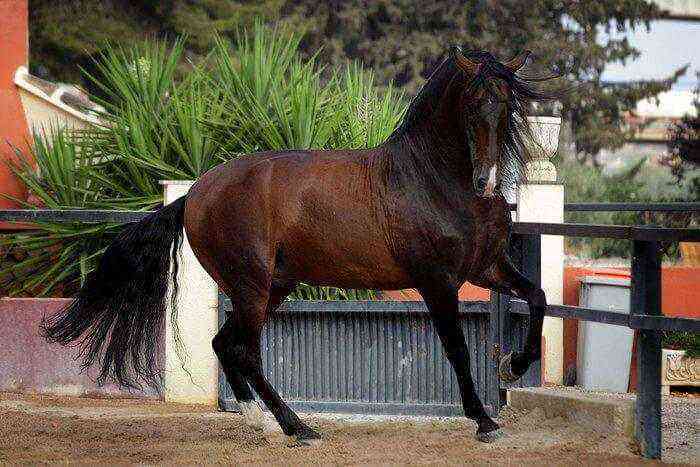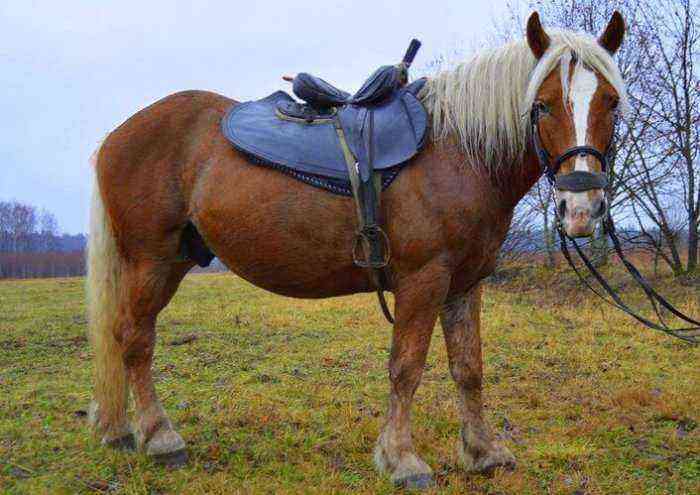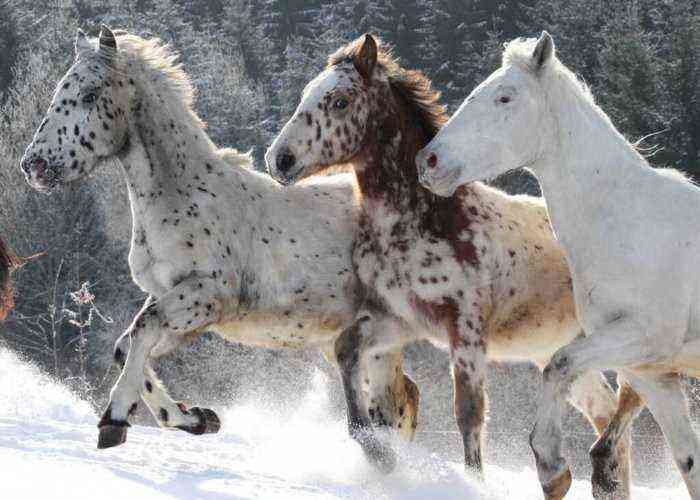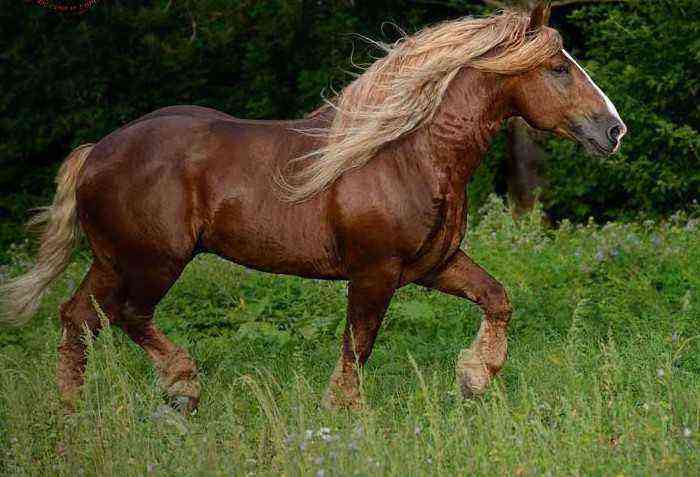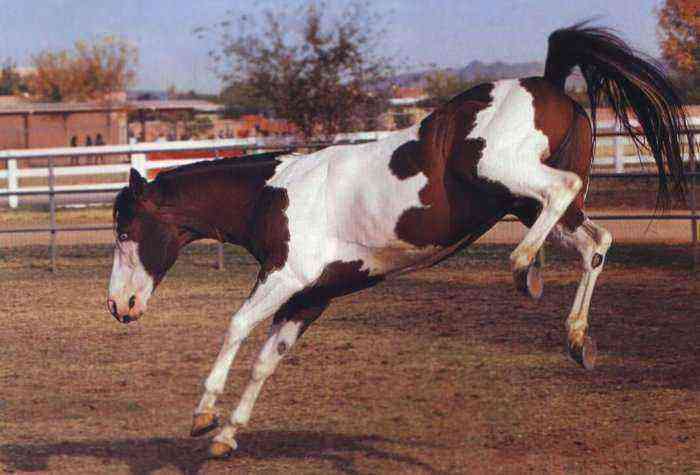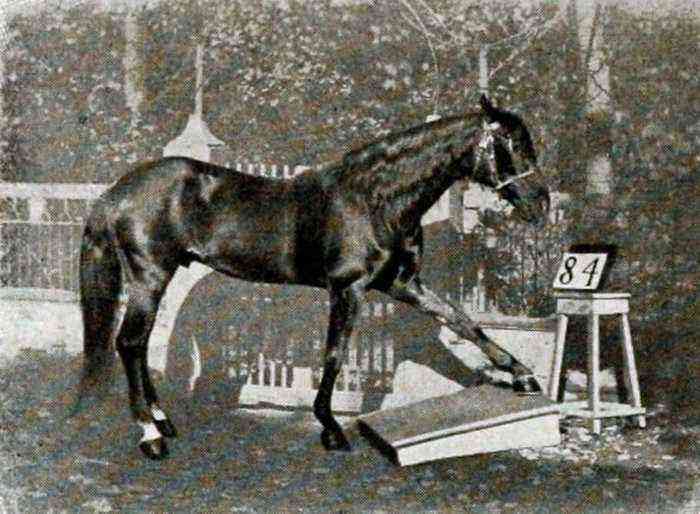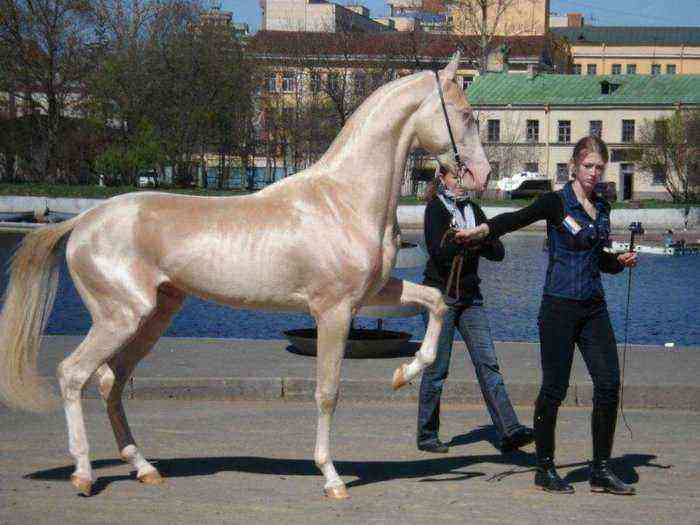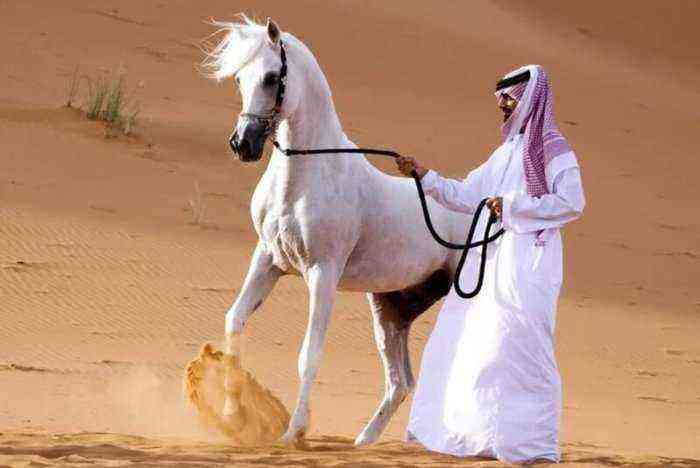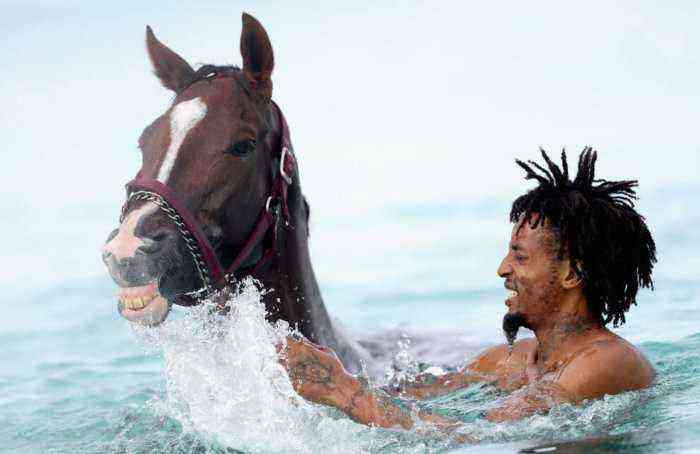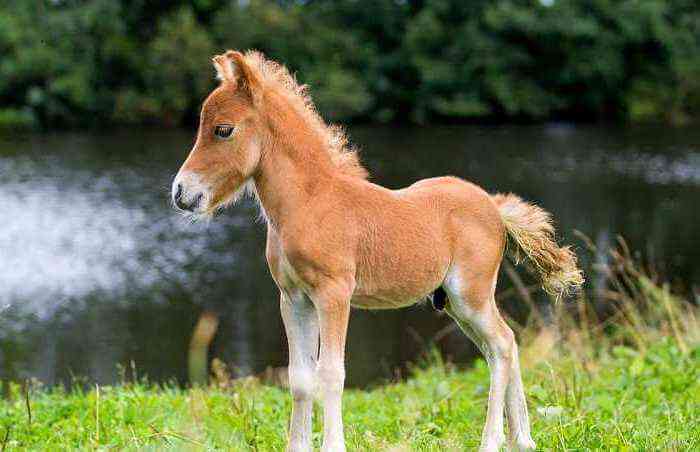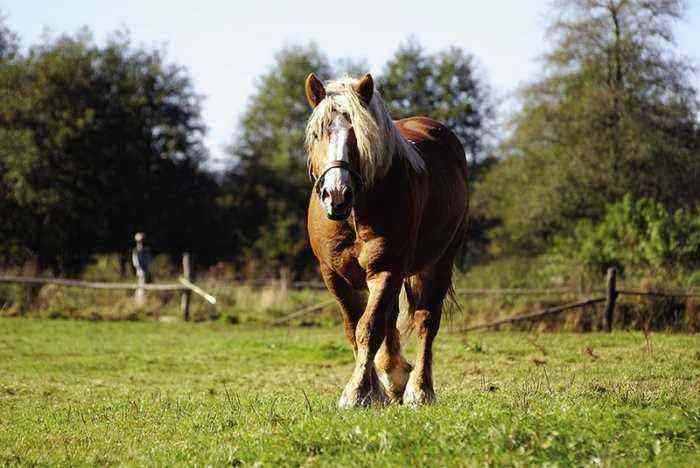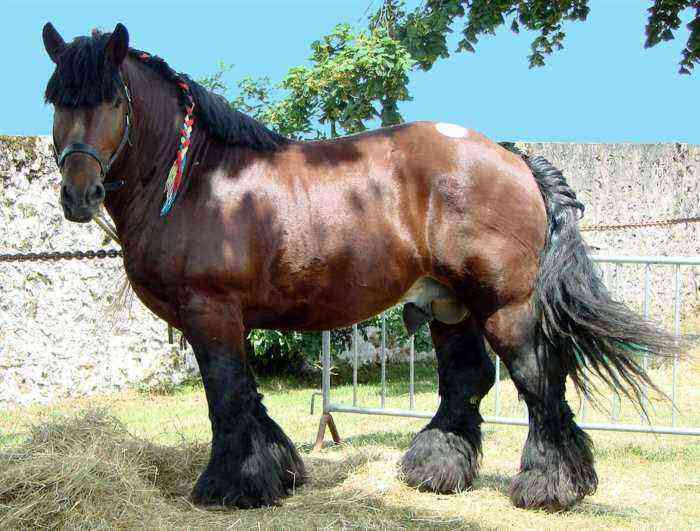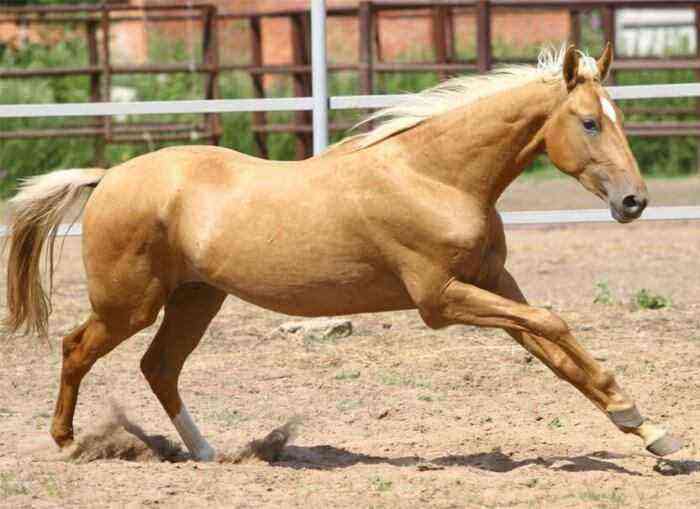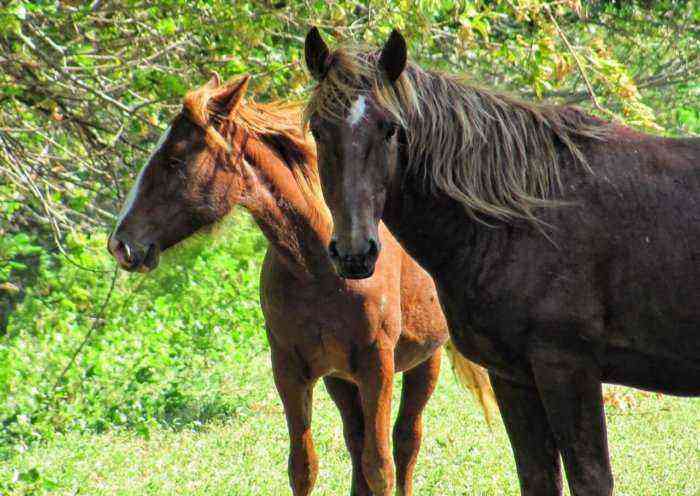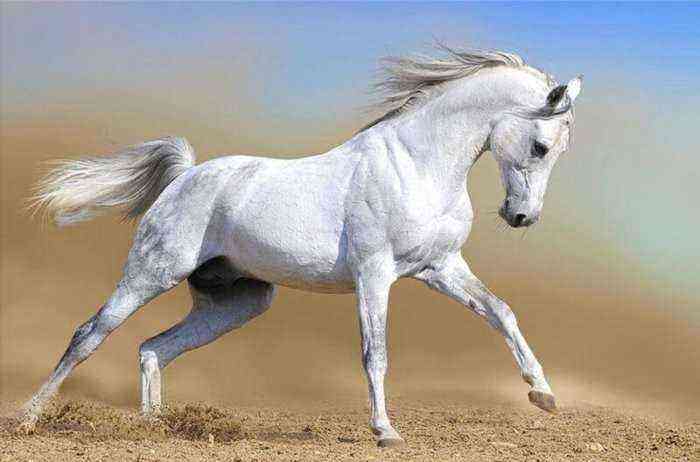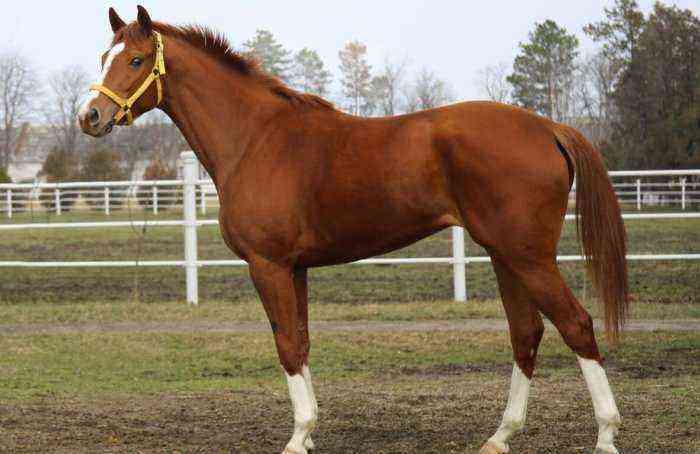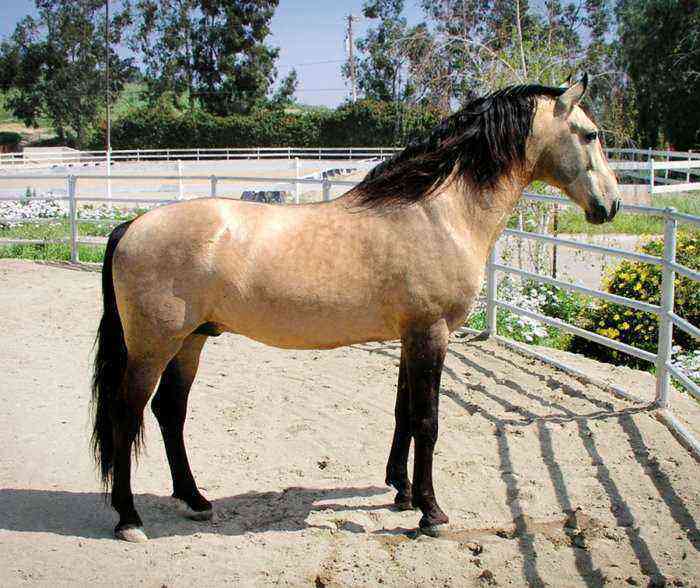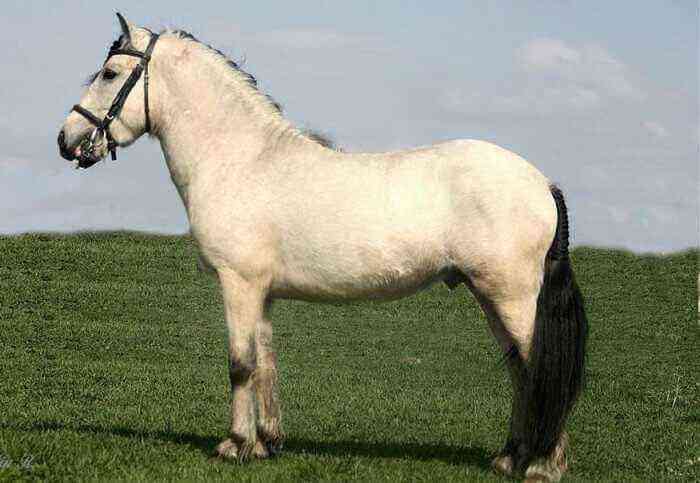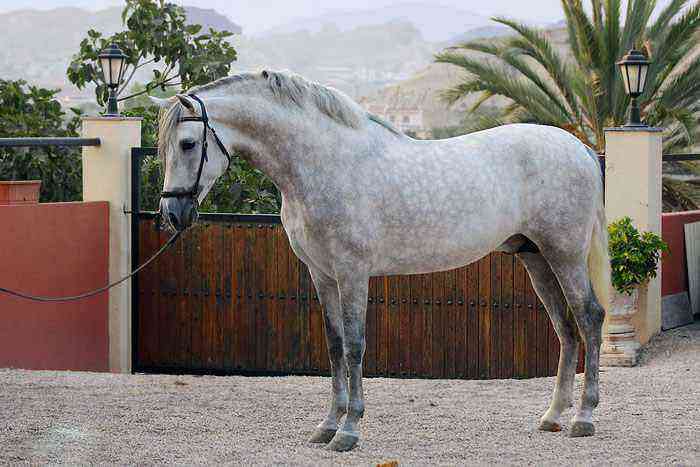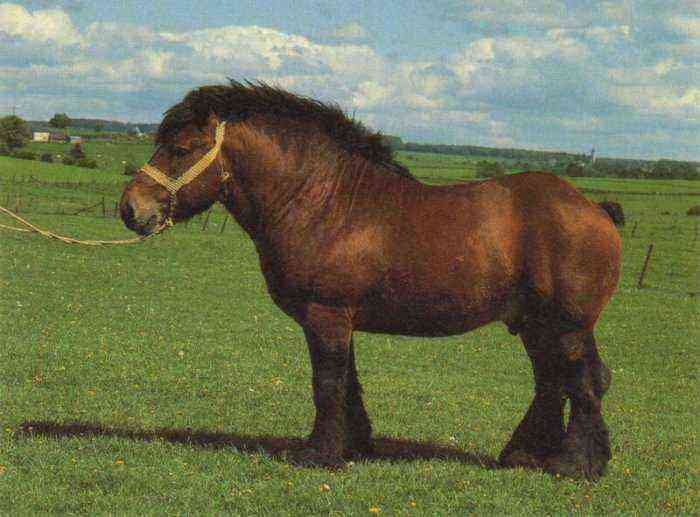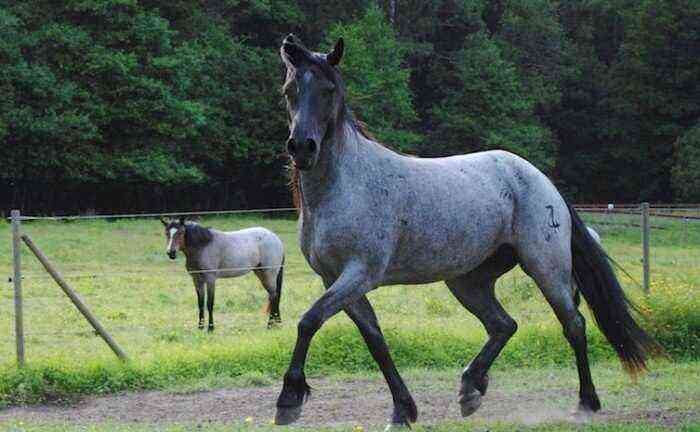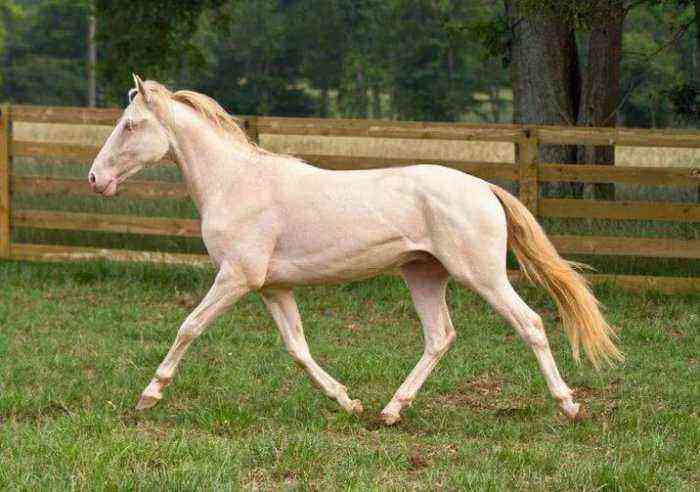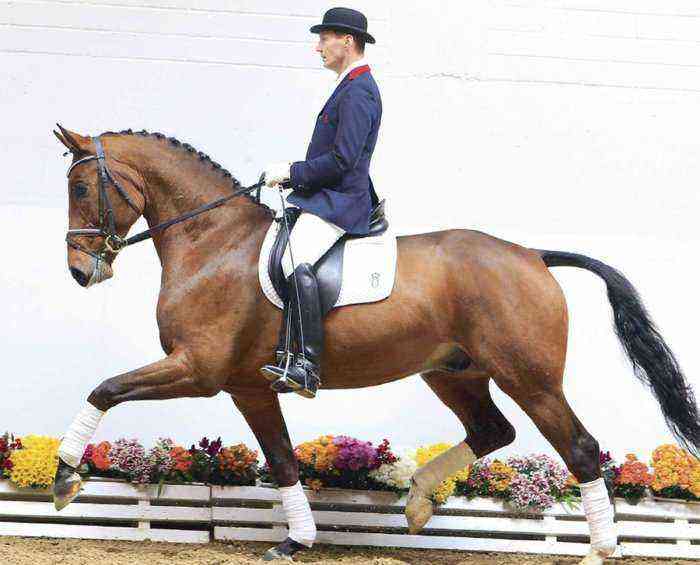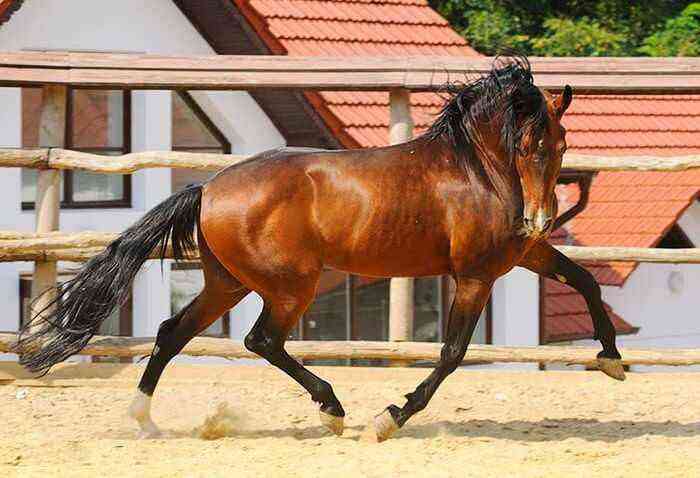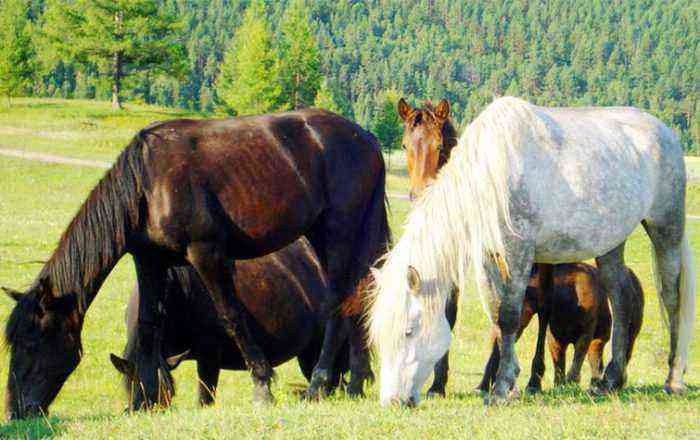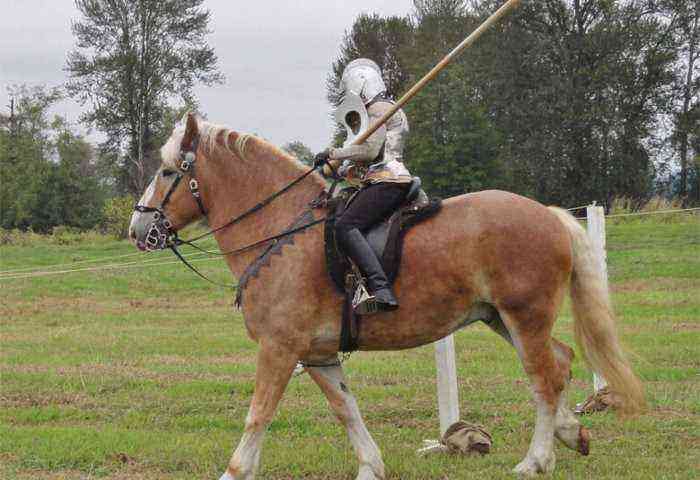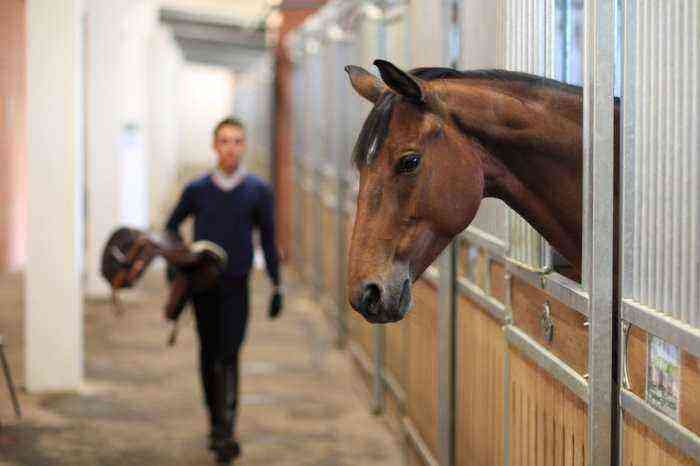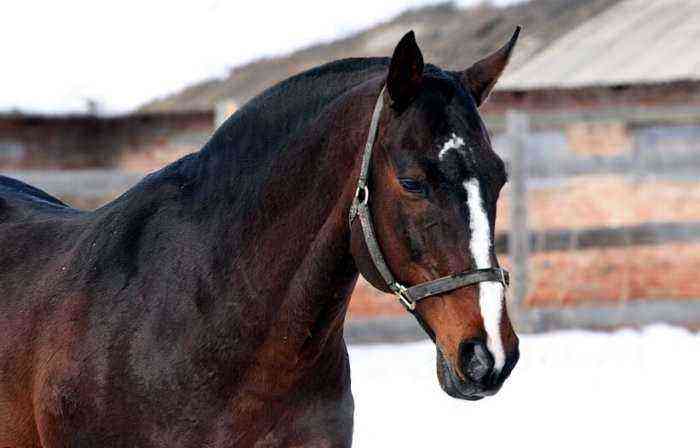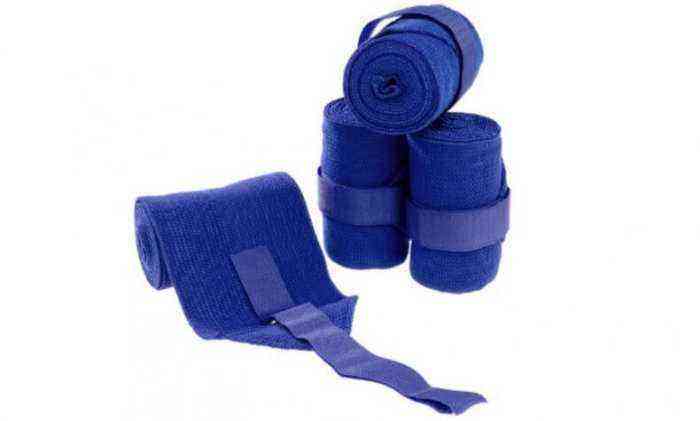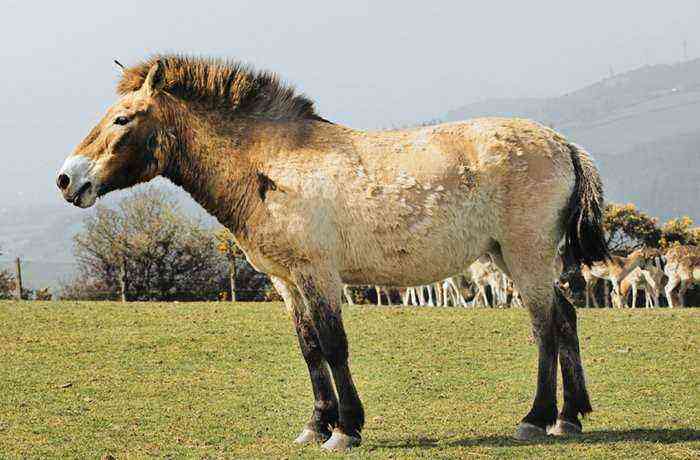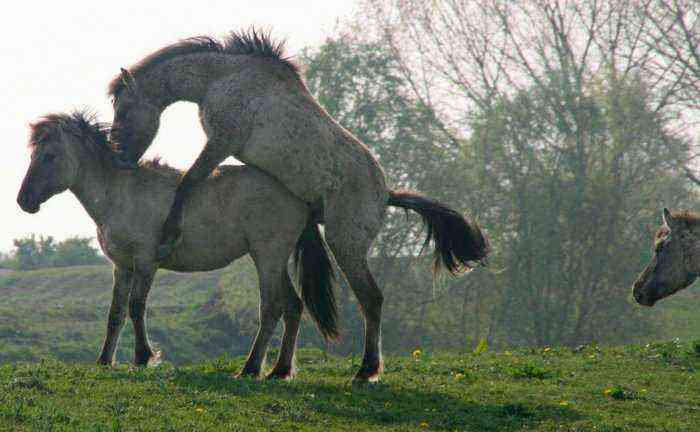The bay color of a horse is one of the most common. Animals with this color are found in almost all breeds. In addition, it was horses of bay color that breeders have long appreciated. It is believed that they are much faster and more enduring than horses with other colors, but since this coloring occurs in several different variations, the characteristic features of each of them should be considered in more detail.
Bay horse color
Where did the name of the suit come from?
The name “bay horse” appears in domestic literary works for a very long time. It is found in prose, poetry, folk and author’s songs, but at the same time it is so reliable and it is not known where the name “bay” came from.
Supporters of one of the theories argue that this word is not originally Russian. They believe that it came from the Turkic language, like many other terms associated with horses. Such a hypothesis is quite probable, because the name kaura, savras, bulan and some other colors also comes from the Turkic language.
According to another assumption, such a description of the coloring of the animal takes its roots from the old Russian word “oppress”. So our ancestors called the procedure of kindling a fire. Moreover, if you look carefully at the individual suits of the bay suit, then such a name is quite consistent with the appearance of the horse. Brown wool with a dark sheen really looks like burnt wood.
This name has a certain similarity with some words of European languages. Moreover, each of them implies an attitude towards combustion, smoke, something burning. Similar words have been found in ancient Greek as well as in Latin. But still, it is not possible to say for sure about the origin of the term “bay”.
The relationship of color and character
Even in ancient times, the Arabs noticed that the color of a horse determines not only its appearance, but also its working qualities, physical capabilities, and character traits. Moreover, they especially highly valued bay stallions and mares. And in the future, this statement was repeatedly confirmed, because with the development of equestrian sports, most of the race champions belonged to such a suit.
Horse connoisseurs from all over the world endow bay horses with a wide list of virtues that distinguish them from animals of other colors. These include:
- high endurance;
- strong constitution;
- enviable speed;
- lively, but balanced character.
The coloring of bay horses
Many breeders claim that it is much easier to deal with such horses than with ravens, which are considered more embittered, wayward and aggressive.
Color description
As already noted, the bay color is one of the main ones. It was created in natural conditions without human intervention. This suit assumes the following characteristic features:
- The prevailing color in which the body, head, neck, and also the legs of the horse are painted up to the knee joint is brown in various shades. Both light brown, almost red, and almost black tones are allowed here. The burning effect on wool is provided by the presence of black hairs in the main coat.
- The skin of born foals has a pink color, but as the animal grows older, it changes to gray.
- The mane, tail and ears of the horse are painted black. The limbs below the knee have the same color.
- The eyes are usually brown.
Reference. One of the main features of the bay suit is the presence of burning in colors. The dark tint gives the overall color a special showiness.
Varieties of bay suit
Despite the fact that the general features of the bay color of horses are clearly defined, such a suit suggests a number of tricks. Each of them includes its own characteristics. Moreover, in some cases, the suit can be so different from the standard that without proper experience it becomes extremely difficult to determine whether an animal belongs to a bay suit.
light bay
This trick suggests a predominance of light brown in color. Also features include:
- a lighter tone of hair in the mane, on the head and in the tail;
- the presence of light spots around the lips and eyes;
- a dark, almost black belt running along the spine of the animal;
- zebroid legs.
In color, yellowish tan marks are sometimes traced in the groin area, as well as on the buttocks.
In general, due to a special shade, such a suit is often confused with a dark bulan, but in fact it has nothing to do with it.
dark bay
As the name implies, dark tones prevail in the colors. The body, mane and tail of the horse are almost black. In this regard, this color is often confused with black. The legs, neck, head and rump are dark brown, which is the main difference from the black color.
Burning does not imply such a flair. This moment makes it easy to distinguish dark bay horses from karakov.
Cherry
This color is considered one of the most spectacular among the other colors. It suggests a bright brown or red hair color, on which a red or cherry tint is clearly expressed. Outwardly, it seems that the animal’s fur is indeed colored red.
Cherry color of bay horses
Only the limbs of the animal differ from the general cherry shade. The legs of the horse below the hock joint are painted brown and are sometimes supplemented with a slight gray hair.
Deer-bay
In their color, representatives of this suit are similar to wild deer. Their rump and upper back suggest darker tones of brown. With the approach to the stomach, as well as towards the head, the coat noticeably brightens.
In addition to the back, the mane, tail and legs below the hock remain dark.
Chestnut
This color is considered especially popular with breeders. It most clearly expresses all the characteristic features of the suit. The main color in such animals is dark brown, while dark areas are evenly distributed throughout the body, smoothly turning into the main color. Outwardly, they resemble cinder.
This color looks especially impressive when exposed to sunlight.
Karakova
The karak suit almost repeats the dark bay. The only difference is that the karak horses have light tan marks in the groin area, on the inner thighs, and also on the muzzle.
Podlasaya
In the case of a low-haired animal, most of its coat suggests a bright brown color. At the same time, in the area of the groin, muzzle, and often the buttocks, there are large light tan marks. Fuzzy horses are also highly valued by breeders, since the expression of the gene responsible for this color is quite rare.
Golden
The golden tone suggests a light red, almost yellow color with a golden tint. Such coloring is quite rare.
The Golden Reckoning of the Bay Horse
The popularity of bay horses
Since ancient times, different peoples who practiced breeding horses have believed that bay horses are the most efficient and have outstanding physical qualities. In addition, Arab breeders claim that the temperament of animals with this color is docile and calm when compared with other colors.
In this regard, the bay color of horses is by far the most common. In almost every breed line there are representatives with this color. In addition, the spectacular appearance of animals attracts attention, which also contributes to the popularization of the color and the use of bay horses in various fields.
Inside the suit, the more common are the excuses, in which dark shades of brown prevail. Representatives of a light color are less numerous.
Interesting Facts
It is worth noting that the specific shade of bay coat color of horses largely depends on the season. In the summer heat, the hair burns out in the sun, as a result of which it brightens by one or two tones. In addition, in the summer, the shine of the hairline is also partially lost, which is why it looks more matte. In winter, the color and shine of the hair return to normal.
You can partially preserve the quality of wool in the hot season. To do this, animals should be kept in the shade for most of the day, minimizing the time the horse is in direct sunlight.
Another interesting fact is that apples can appear on the body of a bay horse. As a rule, this happens if the breeder organizes proper conditions for keeping and feeding the stallion or mare. But this feature is not manifested in all animals.
On the favorable side, bay horses also showed themselves in the sports field. Since the birth of equestrian sport as a separate discipline, most of the medalists and champions in the races have been bay. This contributed to the fact that even today many famous athletes choose horses with this color as a pair.
Of course, the high popularity of horses of this suit determines the corresponding price for them. The cost of eminent stallions with a good pedigree at auctions is estimated at millions of dollars.
How to care for a bay horse?
The well-being of a bay horse, as well as its spectacular appearance and performance, is largely the result of proper care. Moreover, they do not imply any individual features of keeping bay horses. When breeding them, it is enough to observe the general points, which include:
- keeping the animal in a dry and warm stable located on a hill;
- complete exclusion of drafts in the room;
- providing the horse with a sufficient amount of clean drinking water, the volume of which is calculated from the proportion of 10 liters for every 100 kg of animal weight;
- implementation of proper hoof care, which includes brushing, trimming (if necessary), washing and 3-4 minute soaking once a week;
- minimization of loud sounds, monotonous noise, abrupt movements near the location of the herd.
Important! Pay special attention to feeding. The horse’s diet should be as varied and balanced as possible in terms of vitamins, minerals and nutrients.
The main menu of the animal should include:
- hay;
- grains (mainly oats) and nuts;
- various vegetables;
- fruits in small quantities;
- mineral supplements in the form of salt, bone meal, chalk.
When harvesting such feed, you should make sure that they do not deteriorate over time under the influence of dampness. If concentrates, vegetables or hay are rotten or moldy, such food is immediately discarded. It is strictly forbidden to feed it to horses.
Horses of a bay suit outwardly look extremely impressive. The combination of various shades of brown and dark tints perfectly complement each other, creating a unique contrast. In order to maintain the spectacular appearance of the horse and ensure its good health, it is necessary to strictly follow the basic rules for keeping and feeding such living creatures.
